Related Research Articles
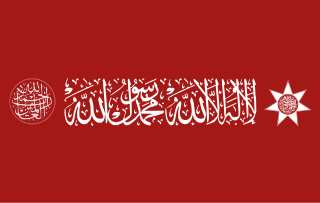
The Hashemites, also House of Hashim, are the royal family of Jordan, which they have ruled since 1921, and were the royal family of the kingdoms of Hejaz (1916–1925), Syria (1920), and Iraq (1921–1958). The family had ruled the city of Mecca continuously from the 10th century, frequently as vassals of outside powers, and ruled the thrones of the Hejaz, Syria, Iraq, and Jordan following their World War I alliance with the British Empire.

Fuad II, or alternatively Ahmed Fuad II, is a member of the Egyptian Muhammad Ali dynasty. As an infant, he formally reigned as the last King of Egypt and the Sudan from July 1952 to June 1953, when he was deposed.

Fuad I was the Sultan and later King of Egypt and the Sudan. The ninth ruler of Egypt and Sudan from the Muhammad Ali dynasty, he became Sultan in 1917, succeeding his elder brother Hussein Kamel. He replaced the title of Sultan with King when the United Kingdom unilaterally declared Egyptian independence in 1922.
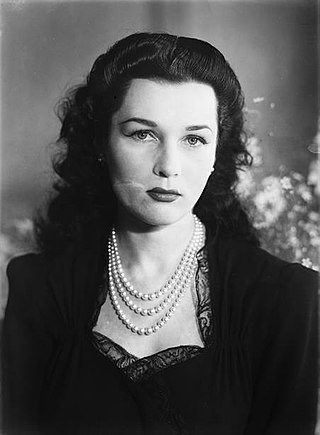
Fawzia of Egypt, also known as Fawzia Pahlavi or Fawzia Chirine, was an Egyptian princess who became Queen of Iran as the first wife of Mohammad Reza Pahlavi, Shah of Iran. Fawzia was the daughter of Fuad I, seventh son of Ismail the Magnificent. Her marriage to the Iranian Crown Prince in 1939 was a political deal: it consolidated Egyptian power and influence in the Middle East, while bringing respectability to the new Iranian regime by association with the much more prestigious Egyptian royal house. Fawzia obtained an Egyptian divorce in 1948, under which their one daughter Princess Shahnaz would be brought up in Iran. Fawzia, who was known as the "sad queen" in the press, lived in isolation and silence after the 1952 Egyptian revolution and never published her memories of the court of Iran and Egypt.
The Abaza family is an Egyptian aristocratic family of maternal Abazin Circassian origin.

Damat Prince Muhammad Abdel Moneim Beyefendi was an Egyptian prince and heir apparent to the throne of Egypt and Sudan from 1899 to 1914. Upon the abdication of King Farouk following the Egyptian Revolution of 1952, he served as Regent for King Ahmed Fuad II until the declaration of the Republic of Egypt and abolition of the Egyptian and Sudanese monarchy in 1953.

Al-Rifa'i Mosque is located in Citadel Square, adjacent to the Cairo Citadel. Its name is derived from the Ali Abu Shubbak who is buried in the mosque. Now, it is also the royal mausoleum of Muhammad Ali's family. The building is located opposite the Mosque-Madrassa of Sultan Hassan, which dates from around 1361, and was architecturally conceived as a complement to the older structure as part of a vast campaign by the 19th century rulers of Egypt to both associate themselves with the perceived glory of earlier periods in Egypt's Islamic history and modernize the city.

Muhammad Ali, Prince of the Sa'id is the heir apparent to the defunct thrones of Egypt and the Sudan, as the elder son of the former monarch, King Fuad II.
This is a list of ministers heading the Ministry of Foreign Affairs of Egypt.

The Muhammad Ali dynasty or the Alawiyya dynasty was the ruling dynasty of Egypt and Sudan from the 19th to the mid-20th century. It is named after its progenitor, Muhammad Ali of Egypt, regarded as the founder of modern Egypt.
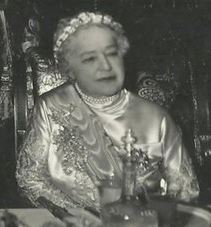
Melek Hassan Tourhan was the second wife of Sultan Hussein Kamel of Egypt. After her husband ascended the throne in 1914, she became known as Sultana Melek.

Ismail Hussein Chirine was an Egyptian royal diplomat. He served very briefly as Egypt's Minister of War in July 1952. His ancestors had relations to the Muhammad Ali dynasty.
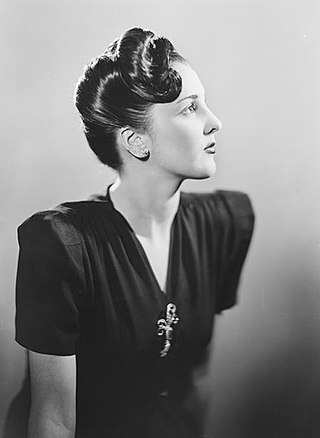
Princess Faiza was an Egyptian princess and a member of the Muhammad Ali dynasty.

Shivakiar Ibrahim was an Egyptian princess and a member of the Muhammad Ali dynasty. She was the first wife of King Fuad I.
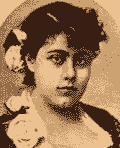
Ayn al-Hayat Ahmad was an Egyptian princess and a member of the Muhammad Ali dynasty. She was the first wife of Sultan Hussein Kamel of Egypt.
Ferial Qadin was a consort to Ismail Pasha, and mother to their son Fuad I of Egypt.
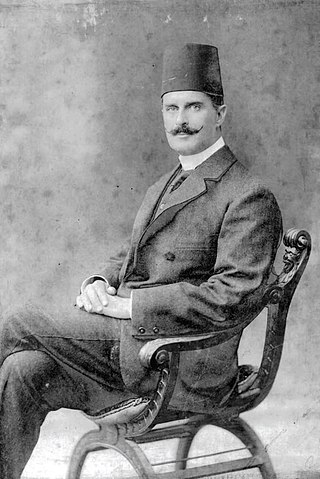
Prince Mohamed Omar Toussoun (1872–1944) was an Egyptian prince of the Muhammad Ali dynasty. He is one of the most admired princes of the Muhammad Ali family. He was famous for his excellence in many fields, his charitable works, his discoveries and his writings in geography, history and archaeology. He published many books and maps in Arabic and French, and he was the first to suggest sending a delegation from Egypt to the Versailles conference to demand its independence, a task later accomplished by Saad Zaghloul.

Hassan Ismail Pasha was an Egyptian prince and a member of the Muhammad Ali dynasty. He held the rank of Field Marshal of the Ottoman Empire.
References
- ↑ "Prince Hassan Aziz Hassan". Telegraph.co.uk. Archived from the original on 2016-02-27. Retrieved 2016-11-03.
- ↑ "Prince Hassan Aziz Hassan". Telegraph.co.uk. Archived from the original on 2016-02-27. Retrieved 2016-11-03.
- Hassan Aziz Hassan. Memoir in Remembering Childhood in the Middle East: Memoirs From a Century of Change , compiled by Elizabeth Warnock Fernea, pp. 85–109. University of Texas Press, 2002. ISBN 0-292-72547-7.
- Hassan Hassan. In the House of Muhammad Ali: A Family Album, 1805-1952 (2000). Egypt: American University in Cairo Press. ISBN 977-424-554-7.